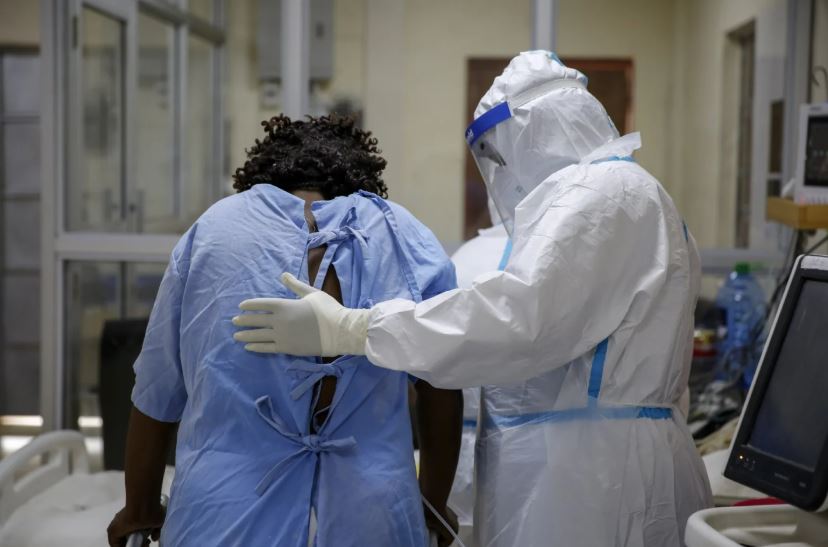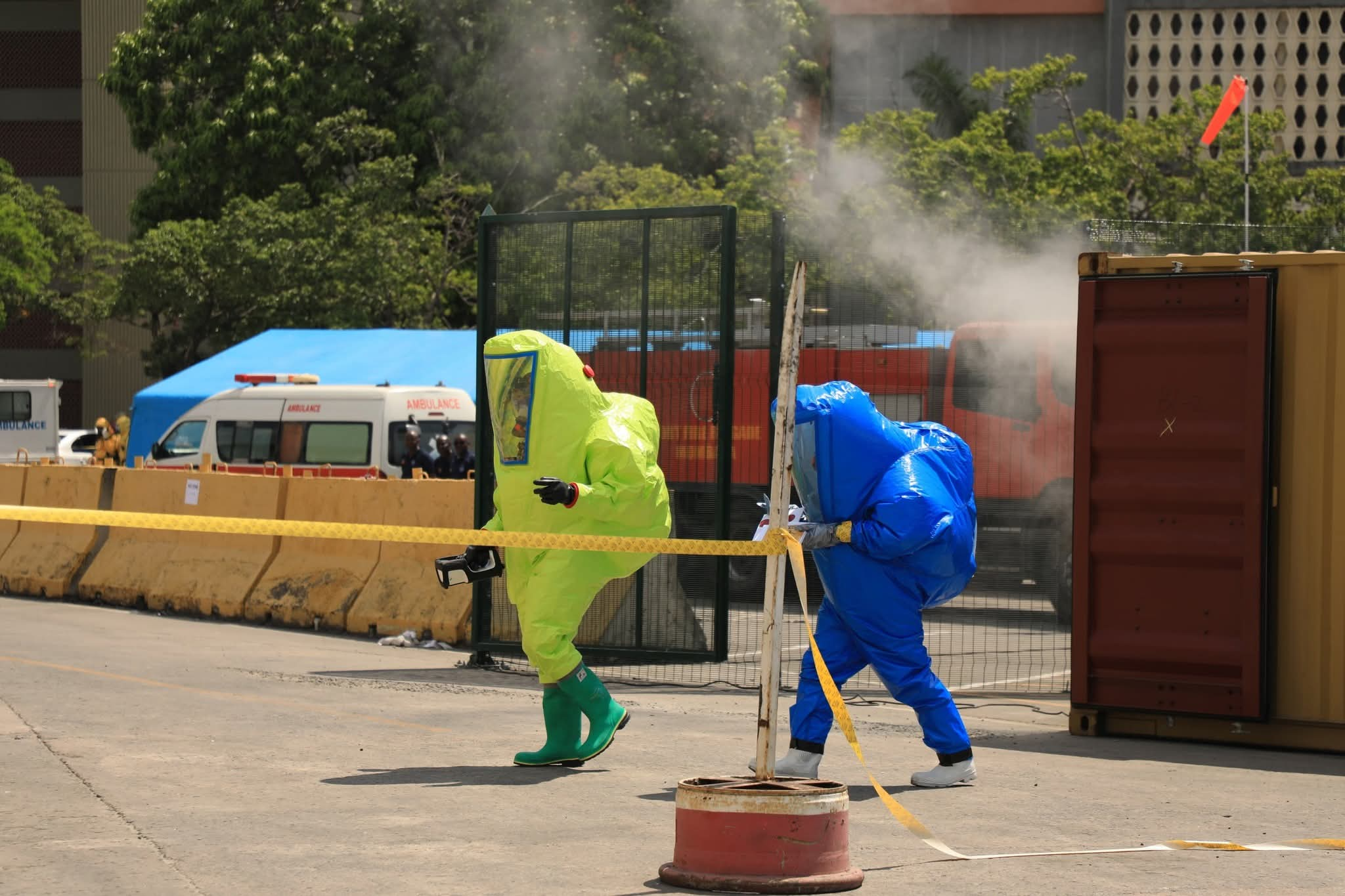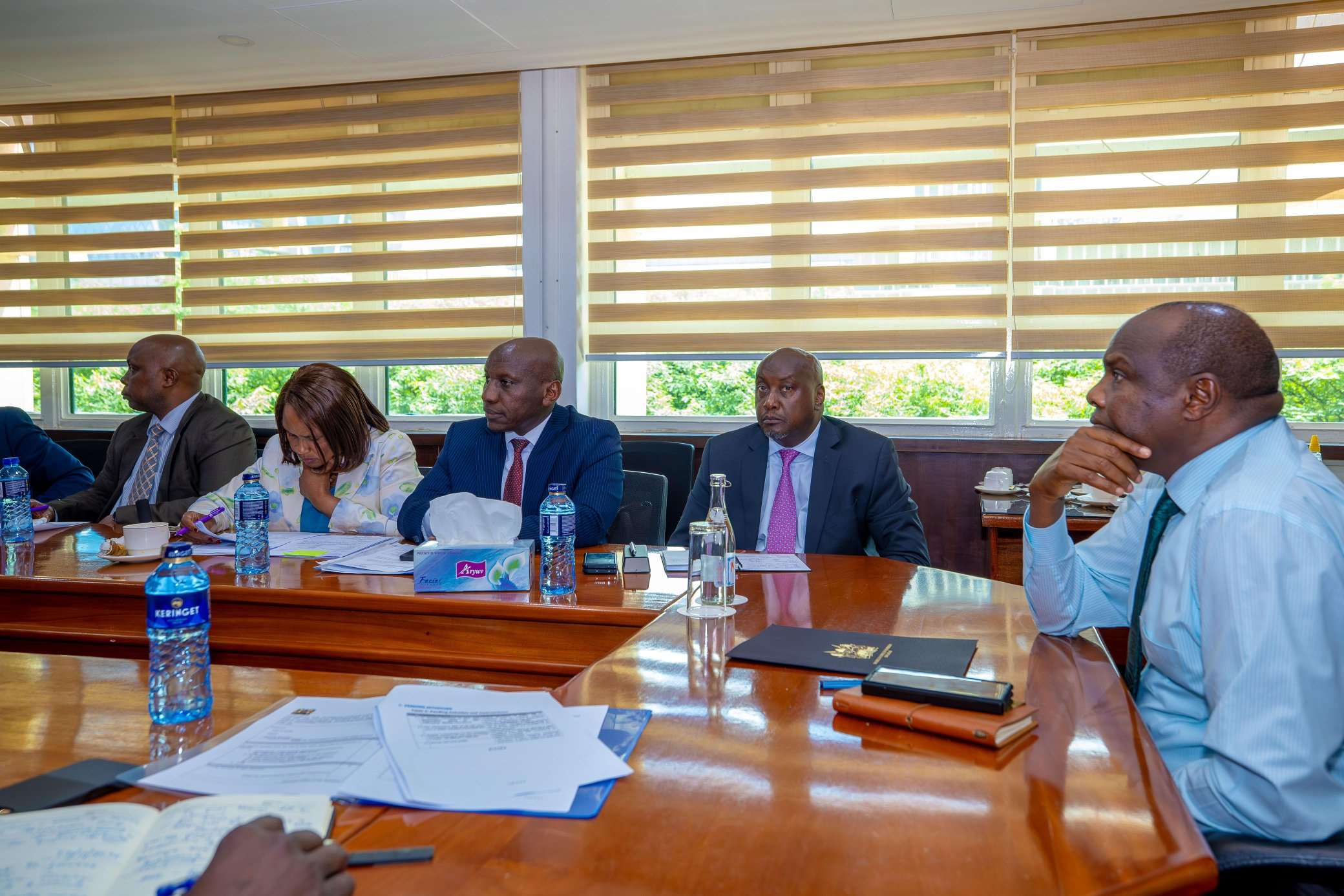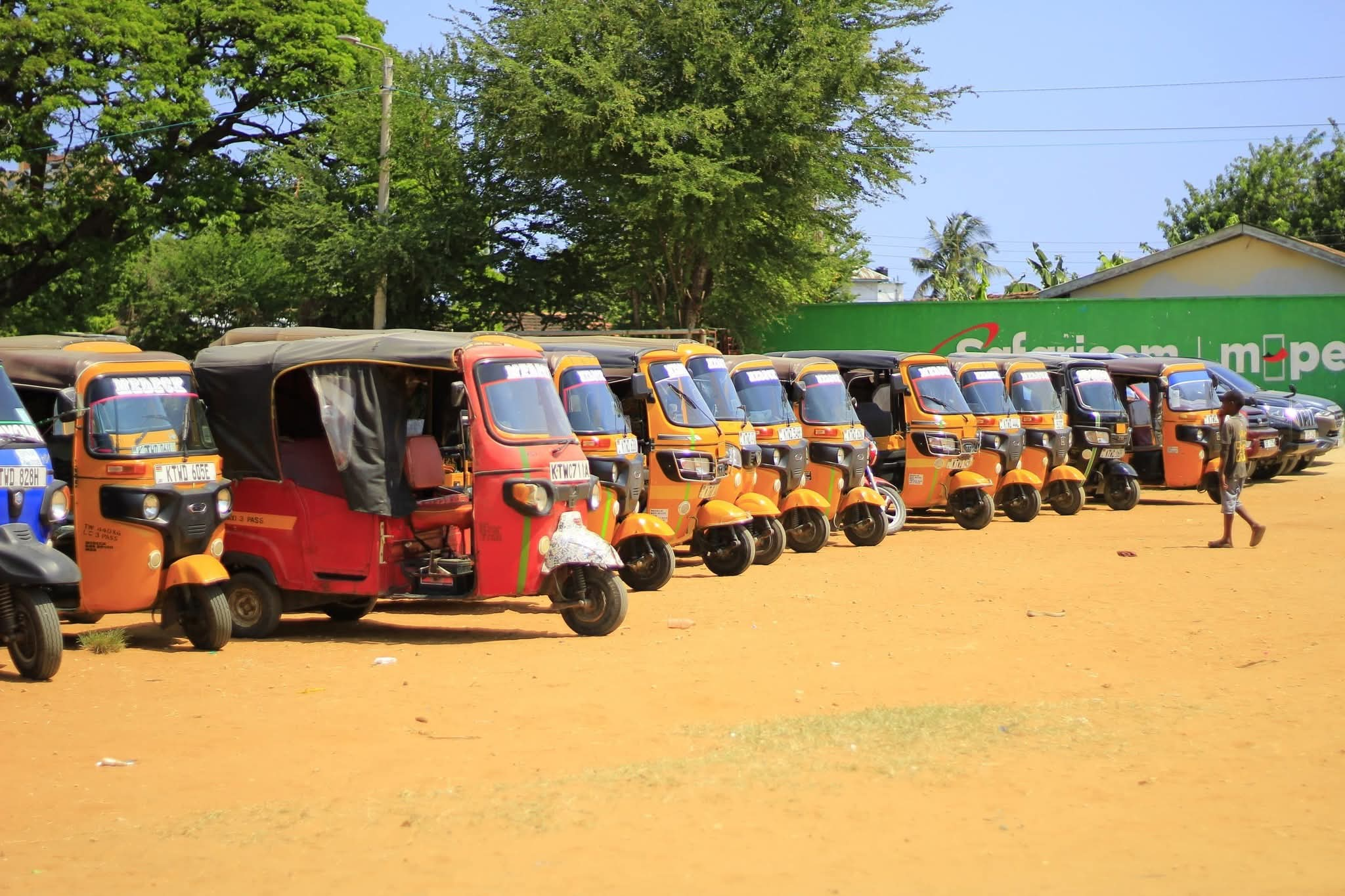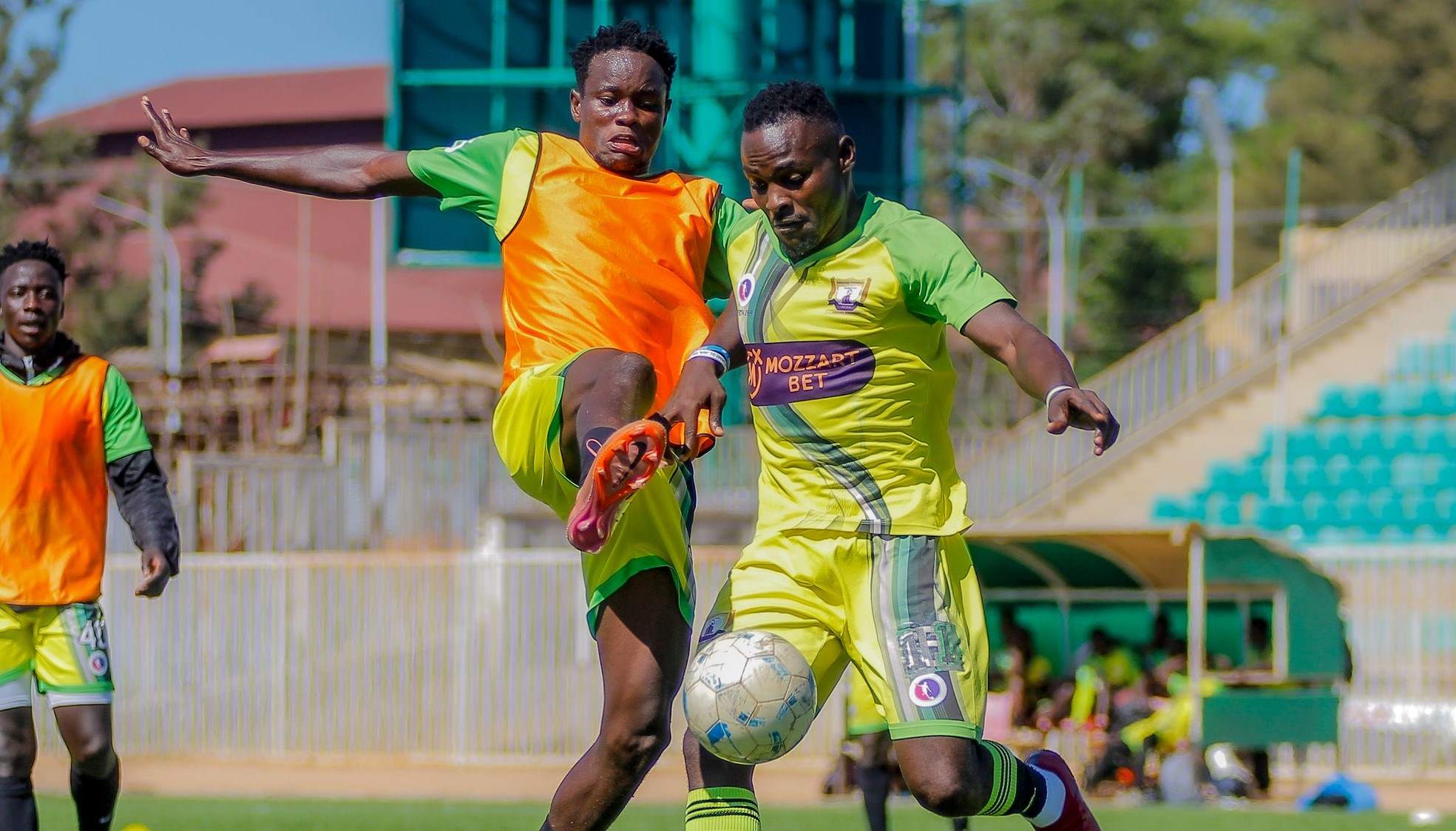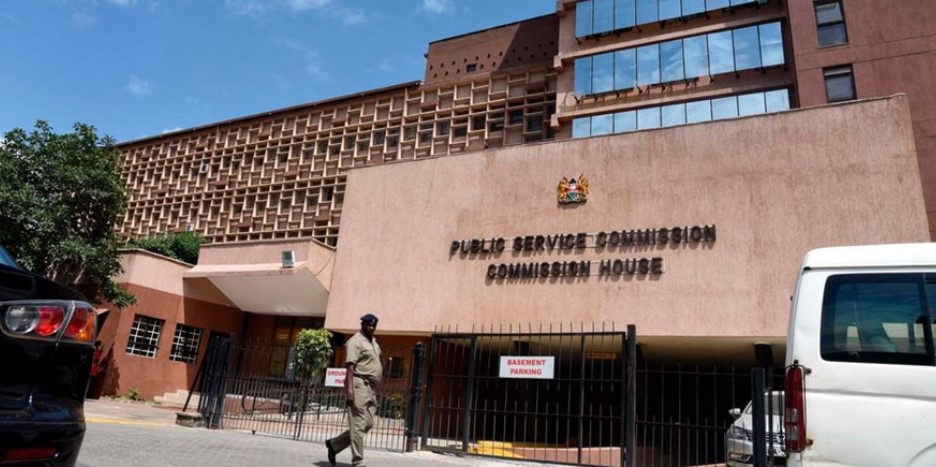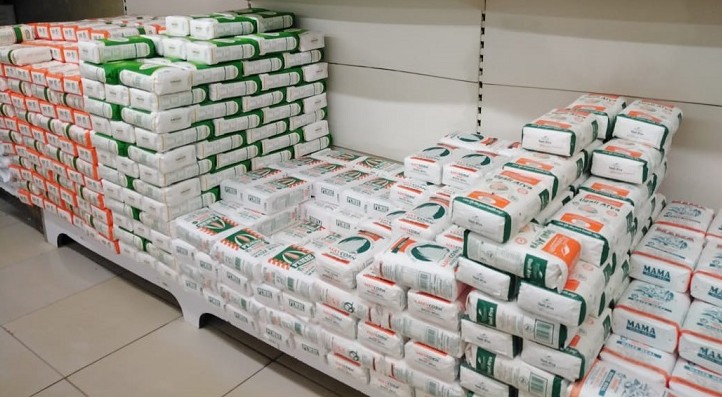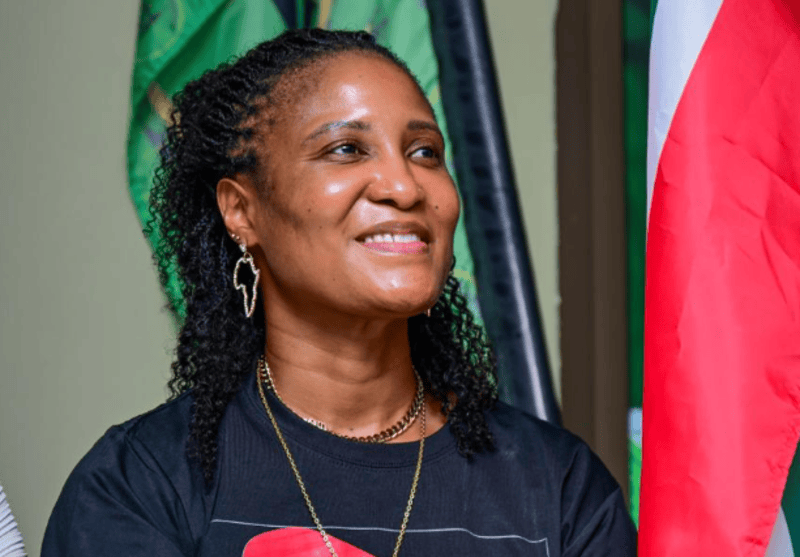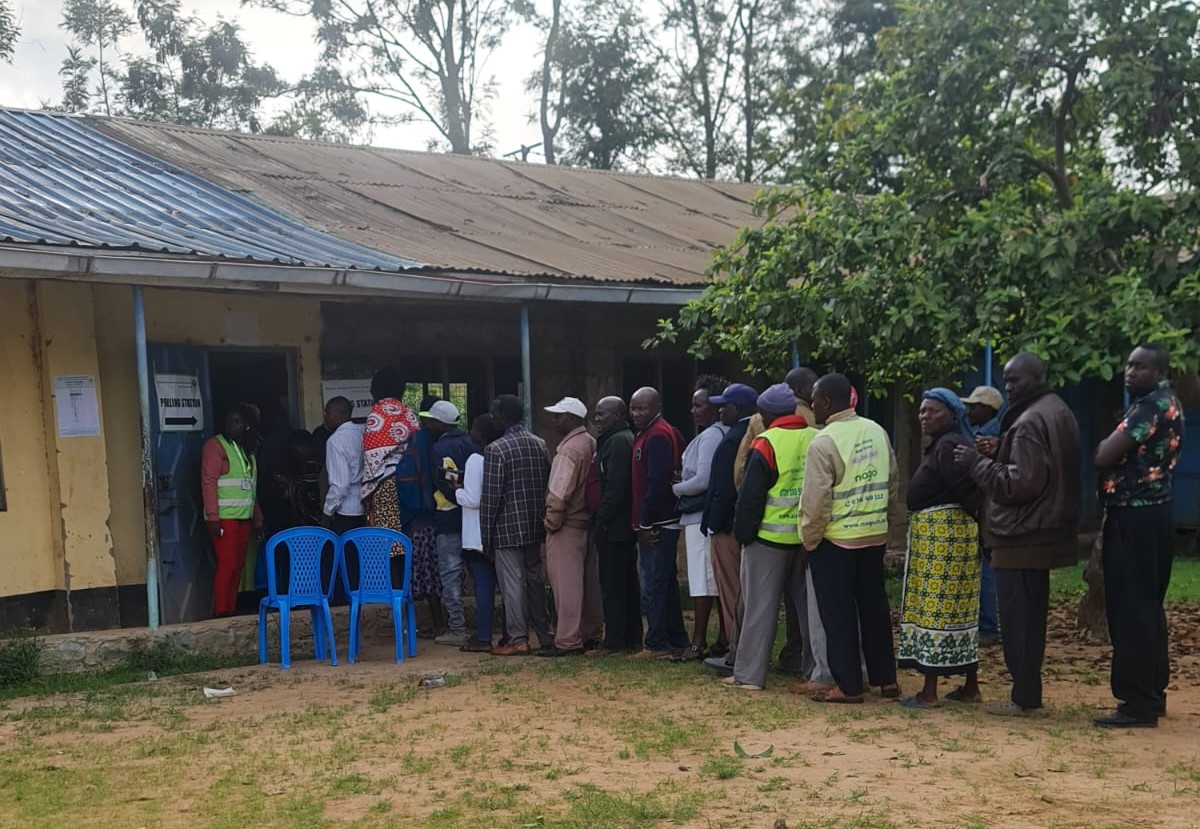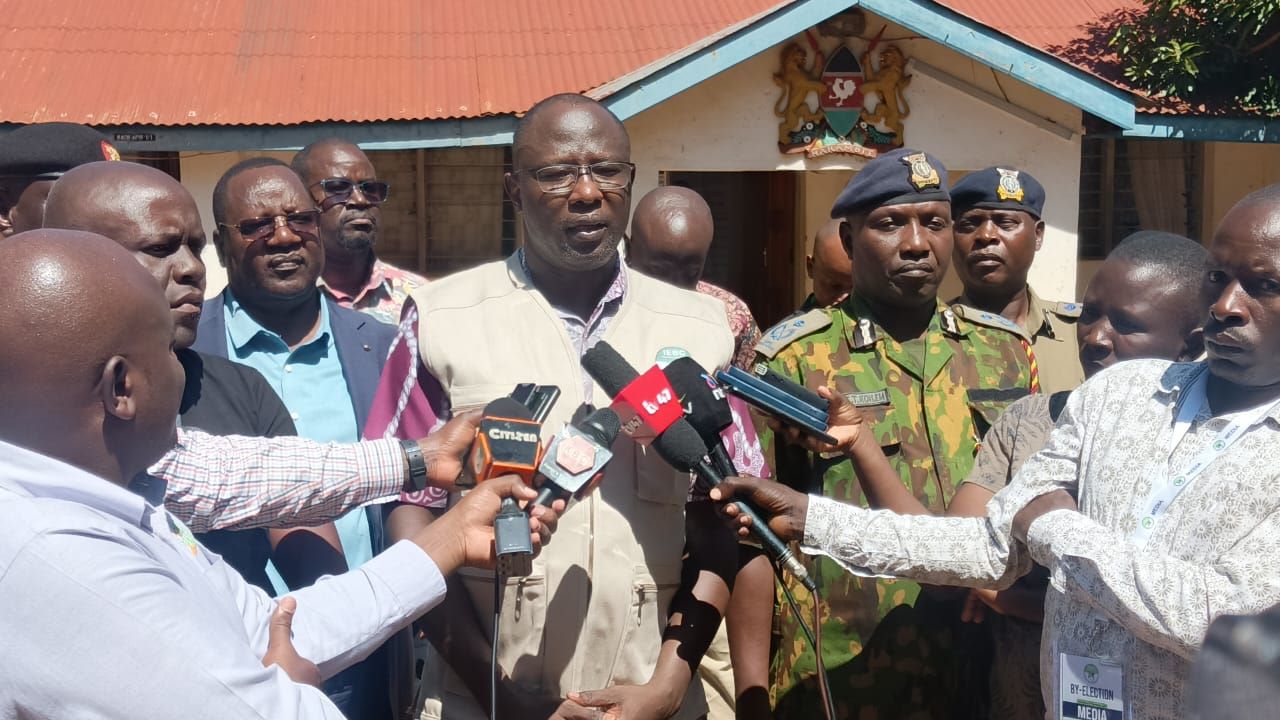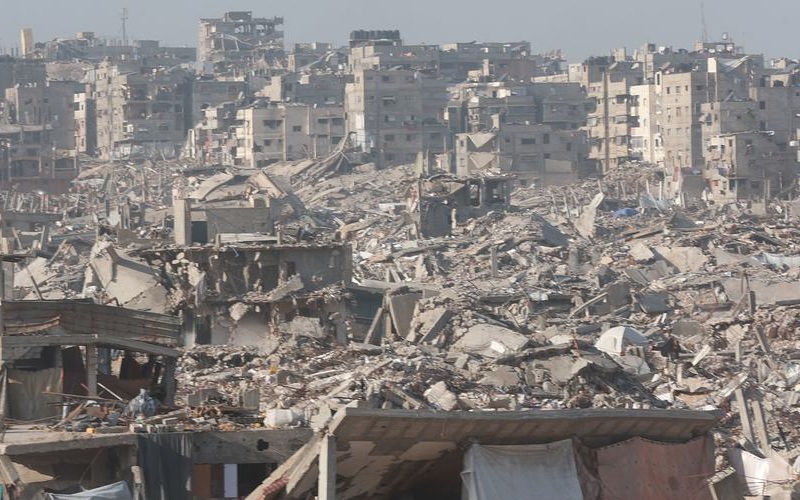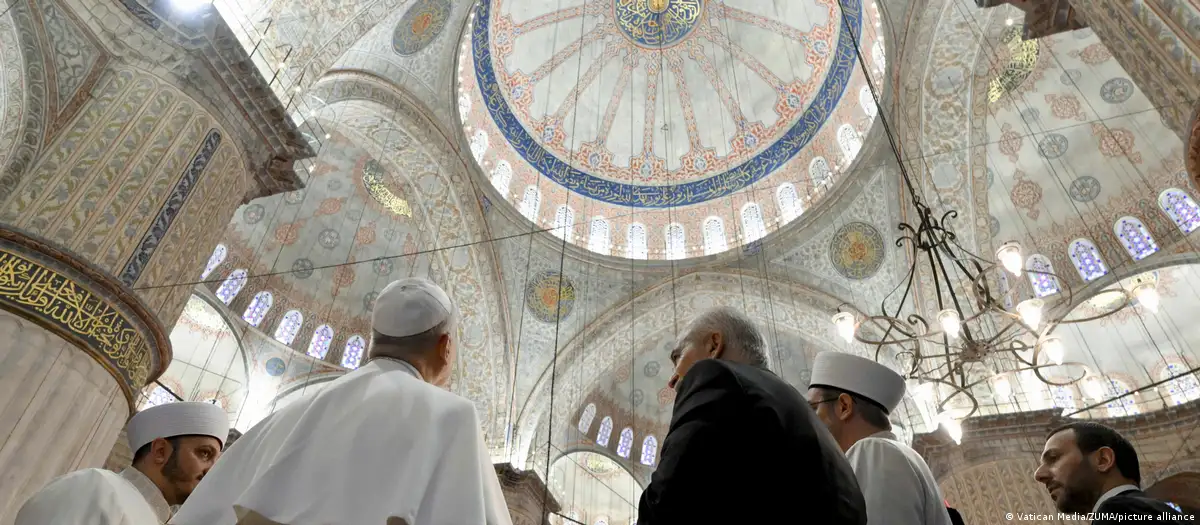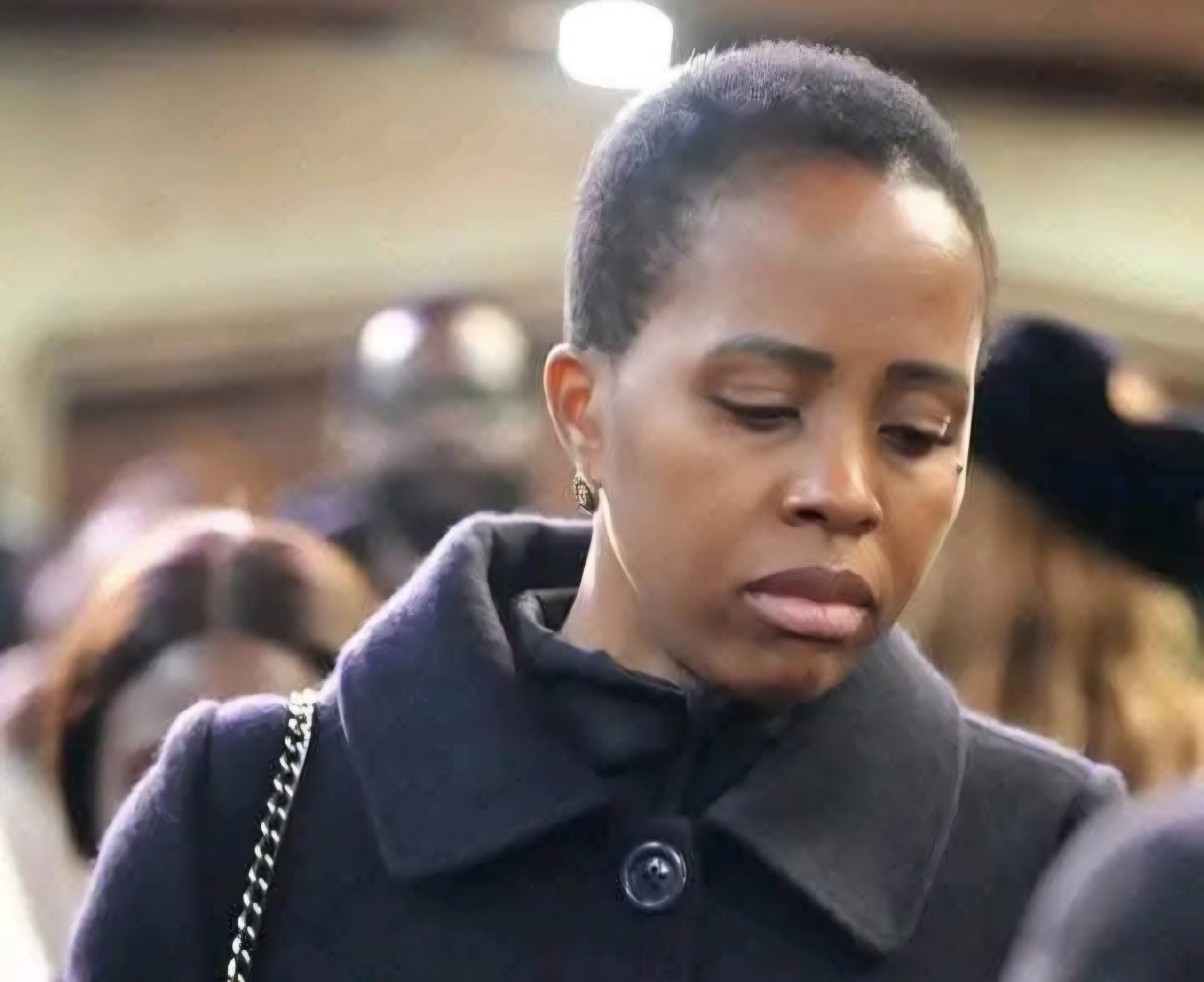Wailing mourners storm Raila's gravesite at Kang’o ka Jaramogi amid tight security
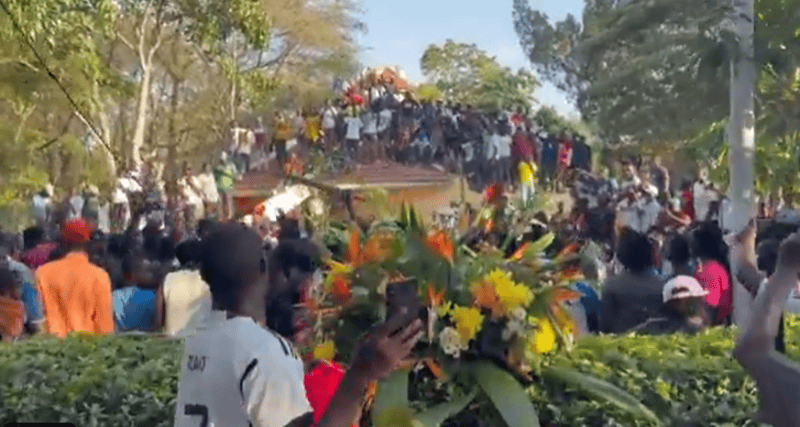
Hundreds of mourners surged past police and military officers to pay their final respects, carrying twigs, portraits and flags bearing Raila’s image.
Tears, wails and chants of grief filled Kang’o ka Jaramogi in Bondo, Siaya County, on Sunday as former Prime Minister Raila Odinga was laid to rest beside his father, Jaramogi Oginga Odinga.
Hundreds of mourners surged past police and military officers to pay their final respects, carrying twigs, portraits and flags bearing Raila’s image.
More To Read
- Saboti MP Caleb Amisi warns ODM may not survive 2027 after by-election struggles
- Raila Odinga's sister Beryl Achieng dies
- Why fight over ODM threatens party’s future, Odinga dynasty - analysts
- Alleged KDF impostor arraigned over fraudulent recruitment operation
- DCI arrests suspected fake KDF officer accused of defrauding job seekers
- Oburu Oginga declares firm grip on ODM, promises to lead in Raila’s footsteps
Despite tight security, the sheer number of mourners overwhelmed officers from the Kenya Defence Forces (KDF), the National Police Service and county enforcement units. Many knelt at the graveside, clutching handfuls of soil, while others sang traditional Luo dirges and liberation songs celebrating Raila’s long political journey.
Kang’o ka Jaramogi, home to the late Jaramogi Oginga Odinga and now Raila, has long been a site of historical and cultural significance, housing a mausoleum, family burial plots, and a museum preserving the legacy of Kenya’s liberation struggle. The grounds, adorned with lion sculptures symbolising courage and leadership, once again became a national shrine as Kenyans paid homage to one of the country’s most influential leaders.
State Funeral
The state funeral, a rare honour reserved for figures whose service left an enduring mark on the nation, featured a 17-gun salute and the ceremonial Last Post performed by the KDF, highlighting Raila’s status as a former Prime Minister and national statesman. In Kenya, 21-gun salutes are for sitting Presidents, 19 for former Presidents and 17 for leaders of national stature.
Raila was buried in his trademark hat, known as Ogudu, and a ceremonial whisk (Orengo); symbols of leadership, wisdom and authority in Luo culture.
The hat reflected his public persona and political legacy, while the whisk signified his continued dignity and role as a community elder even in death. The Kenyan flag was also presented to Mama Ida Odinga in a symbolic gesture recognising Raila’s lifelong service to the nation.
During the burial, only close family members, national leaders, including President William Ruto and former President Uhuru Kenyatta, senior ODM officials and selected dignitaries placed floral tributes at the gravesite. Raila’s long-serving bodyguard, Maurice Ogeta, who received a government job pledge from President Ruto, was among those given the rare privilege to witness the interment.
The burial was preceded by ceremonial military honours, including a Kenya Air Force fly-past, and the Anglican Church of Kenya officiated the service, which began with the national anthem. Dignitaries at the state funeral included Somalia’s President Hassan Sheikh Mohamud, Ethiopia’s President Taye Atske Selassie, Tanzania’s Vice President Philip Mpango and former Tanzanian President Jakaya Kikwete.
Raila’s final resting place, beside his father at the Odinga family homestead, completes a generational legacy of leadership.
“It is a symbolic passing of the torch. Raila’s grave beside Jaramogi’s completes a generational cycle, the father who began the fight for liberation and the son who carried it to its logical conclusion,” Mzee Olang’o Nyabola said.
Tributes on X
Kenyans on X also mourned the late leader. X user Chrispine Willys said, “Today they have buried Baba Raila Odinga. It's sad by a lot, but that's where we are all headed.”
Jones added, “My tears dropped watching the casket being lowered into the grave, fare thee well, Baba Raila.”
“Kenya may have buried Baba Raila, but his ideas cannot be buried. They live in every citizen who still believes in truth, justice, and equality,” another mourner said.
Meanwhile, a traditional Luo ritual, known as Tero Buru, was also performed. Elders led bulls to the homestead to chase away bad omens, a practice reflecting the community’s desire to celebrate and honour Raila rather than mourn solely.
The ritual involved drums, spears, shields and offerings of cows and maize, symbolising strength, continuity and communal respect. An elder explained that some bulls would be returned to their owners afterward, while others will be used as part of the ceremony.
Top Stories Today
